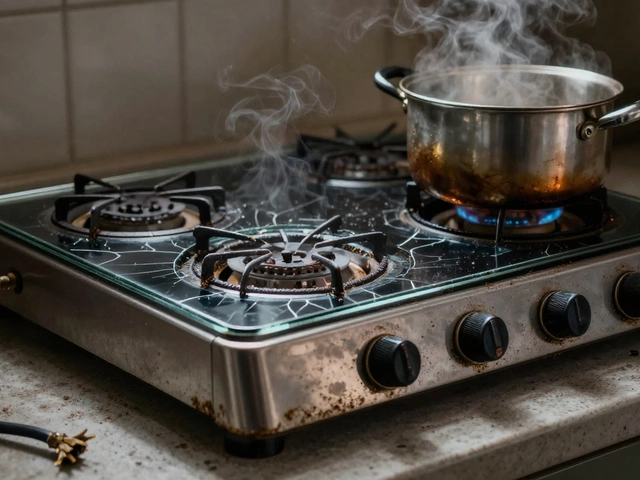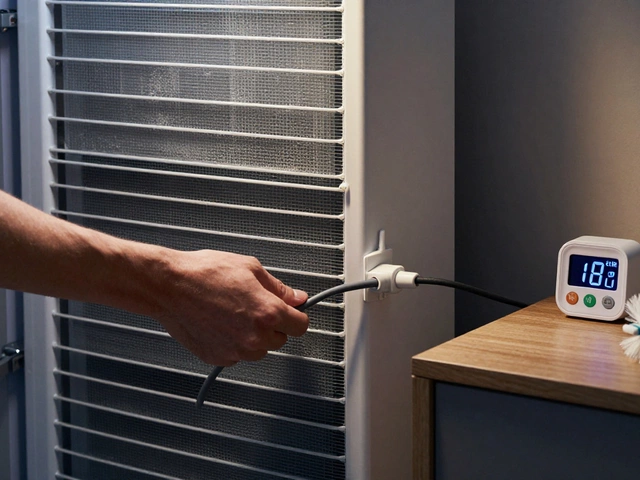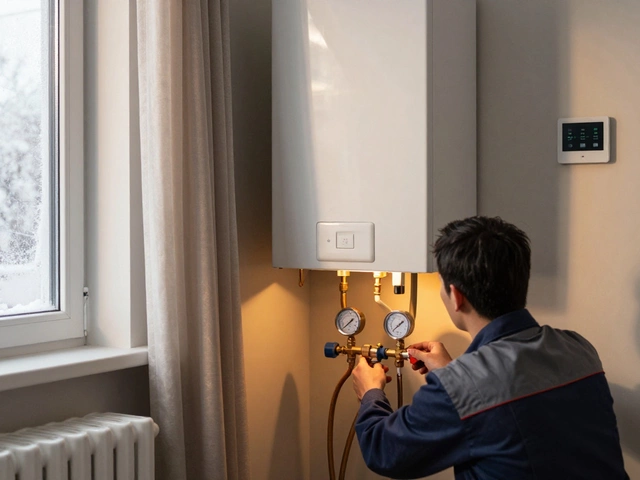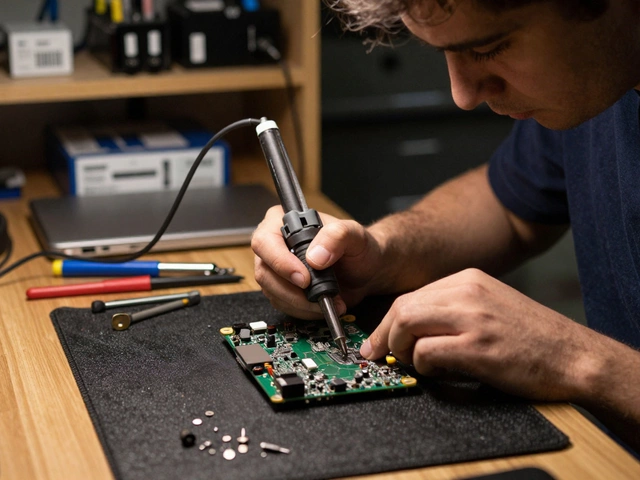Appliance Standards: The Simple Guide for UK Homeowners
When you buy a washing machine, fridge, or oven, you’re not just paying for the brand. You’re also paying for the standards that make the product safe, efficient, and legal to use in the UK. Knowing those standards helps you avoid costly repairs, keeps your family safe, and can even lower your energy bills.
Why Standards Matter
Appliance standards are set by the government and industry bodies. They cover safety checks, electrical wiring rules, and energy‑use limits. If a product meets the standard, it’s labeled with CE marking, an Energy Rating, or a UKCA mark after Brexit. Those labels tell you the appliance has passed basic tests – no hidden dangers.
Ignoring standards can lead to dangerous faults like electrical shocks, fires, or water leaks. It also means you could be breaking the law, especially if you rent out a property. Landlords are required to keep appliances that meet current regulations, or they risk fines.
Common Standards You’ll Meet
Safety (BS EN 60335) – This series of British Standards covers most household appliances. It checks things like overheating protection, proper grounding, and safe enclosure design. When a fridge or dishwasher passes BS EN 60335, you can trust the basic safety basics are covered.
Energy Efficiency (EU Energy Label, UK Energy Rating) – Appliances get a rating from A+++ down to G. The higher the rating, the less electricity or gas they use. Choosing an A‑rated washing machine or fridge can shave dozens of pounds off your yearly bills.
Water Heaters (BS EN 60335‑2‑30) – This standard looks at temperature control, pressure relief, and safe installation. It’s why many water‑heater manuals tell you to press the reset button for a few seconds – that button follows the safety design set by the standard.
Refrigeration (EN 60335‑2‑24) – This covers temperature control, door seals, and insulation. A fridge that meets this standard will keep food safe longer and won’t waste power.
When you see a tag like “CE”, “UKCA”, or an Energy Rating on a product page, that’s the quick way to confirm the appliance follows these rules.
For homeowners, the practical tip is simple: always check the label before you buy. If the label is missing, ask the retailer for proof of compliance. It’s a small step that can save you from big headaches later.
Even if you already own an appliance, you can still benefit. Regular maintenance, like cleaning the condenser on a fridge or checking the hose on a washing machine, keeps the equipment within the standards it was designed for. That’s why many of our articles talk about common faults – they often happen when an appliance drifts out of its original spec.
In short, appliance standards are the silent guardians of your home. They keep things running safely, keep energy use low, and protect you from legal trouble. The next time you shop for an oven, dryer, or water heater, let the labels guide you. It’s a quick check that pays off in safety, savings, and peace of mind.
Understanding Appliance Standards: What You Need to Know
- Alden Wilder
- Feb 19 2025
- 0 Comments
Appliance standards play a crucial role in ensuring safety, performance, and energy efficiency of home appliances. These standards are set by regulatory bodies and can vary across different countries, impacting both manufacturers and consumers. Understanding these standards helps consumers make informed decisions and ensures that appliances operate effectively for their intended purpose. Additionally, knowing about appliance standards can lead to better choices in terms of cost efficiency and environmental impact.
View More




